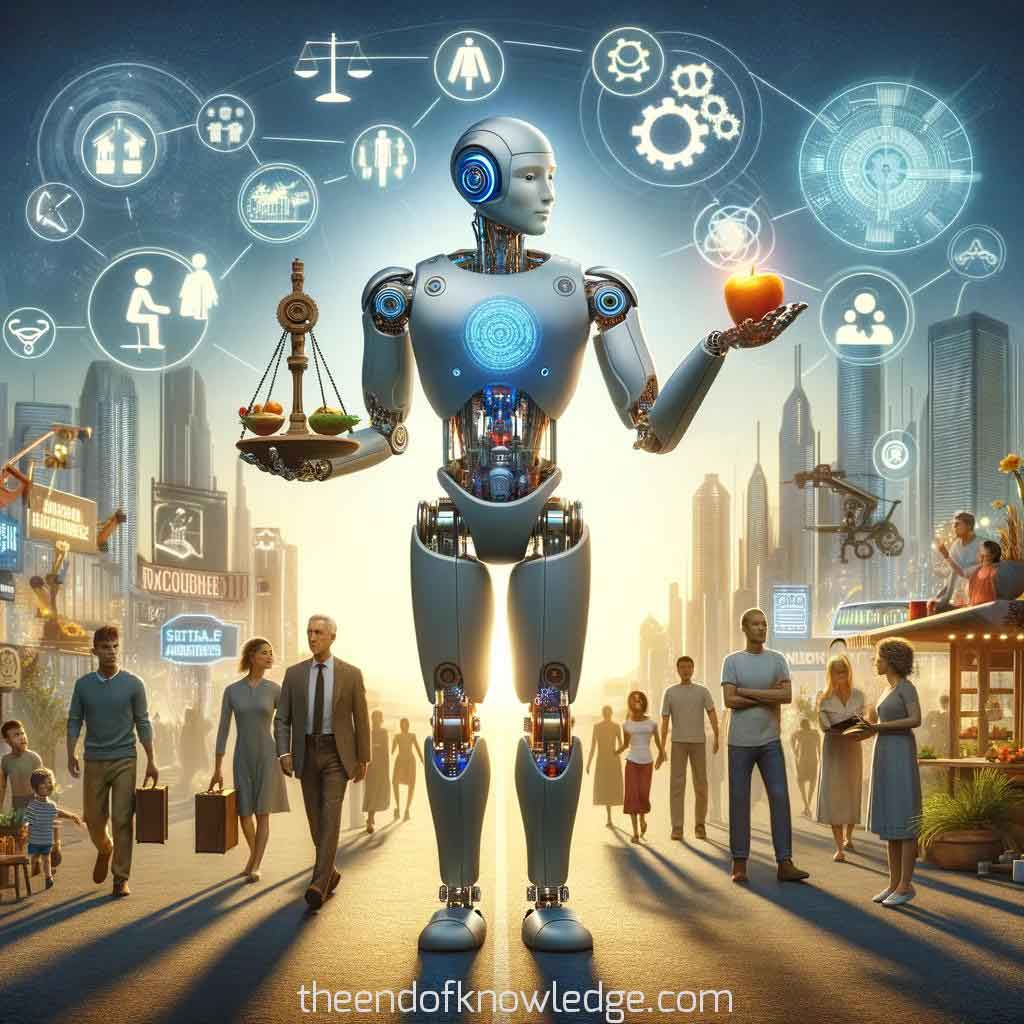 >
>
Concept Graph (using Gemini Ultra + Claude3):
Custom ChatGPT resume of the OpenAI Whisper transcription:
1.- Introduction to Rodney Brooks: Rodney Brooks, a preeminent roboticist, co-founded iRobot and Rethink Robotics, contributing significantly to robotics. He also aims to instill common sense in robots at Robust.ai.
2.- Domo Robot: Brooks highlighted Domo, a robot developed by his student, as the most amazing robot he's worked with. Domo features a humanoid torso, actuated eyeballs with cameras, and can interact with humans.
3.- Importance of Robot Faces: Brooks discussed the implications of a robot's appearance on its perceived capabilities, emphasizing the need for robots not to overpromise their functionality.
4.- Early Robotics Inspiration: Brooks' interest in robotics was sparked in childhood by books on electricity and robots, where he learned to build circuits and dreamt of creating robots.
5.- Learning Systems Development: In his youth, Brooks developed a learning system using an ice cube tray, which could learn simple tasks, demonstrating his early fascination with artificial intelligence.
6.- On Machine Thinking: Brooks asserts that machines, including humans as biological machines, are capable of thought, challenging the traditional separation between humans and machines in the context of intelligence.
7.- Computation and Intelligence: He critiques the conflation of computation with intelligence, drawing from history and questioning the adequacy of computation as a metaphor for understanding the mind and intelligence.
8.- AI, Neuroscience, and Life: Brooks outlines the intertwined histories of AI, neuroscience, artificial life, and abiogenesis, highlighting the shared figures and the role of computation as a central metaphor across these fields.
9.- Neural Networks and Learning: He delves into the origins of artificial neural networks and learning, tracing back to early pioneers like McCulloch, Pitts, and Minsky, and the influence of computation on AI development.
10.- Perception and Maravec's Paradox: Discussing the complexity of perception and motor skills in contrast to reasoning, Brooks underscores the challenge in robotics and AI, emphasizing that tasks humans find easy are often hardest for robots.
11.- Subsumption Architecture: Brooks introduced the concept of subsumption architecture in robotics, emphasizing a bottom-up approach to AI, where simple layers control behavior, challenging the then-dominant top-down artificial intelligence methods.
12.- AI and Robotics Split: He discussed the historical split between AI and robotics communities, noting the divergence in focus; AI pursued pure computational approaches while robotics grappled with physical world interactions.
13.- Robotics in Manufacturing: Brooks reflected on the application of robotics in manufacturing, highlighting the shift towards more adaptable robots capable of working alongside humans in dynamic environments, as seen in automotive manufacturing plants.
14.- Human-Robot Interaction: The evolution of human-robot interaction was a key topic, with Brooks noting advancements in making robots more intuitive for humans to interact with, enhancing their utility and integration into daily life.
15.- Robust.ai's Goals: At Robust.ai, Brooks aims to address current AI limitations by creating robots with genuine understanding and common sense, capable of functioning in the real world without constant human supervision.
16.- iRobot's Creation: Brooks co-founded iRobot, known for the Roomba vacuuming robot, emphasizing the transition from military and space exploration robotics to consumer products, marking a significant shift in the robotics industry.
17.- Rethink Robotics and Baxter: Through his work at Rethink Robotics, Brooks developed Baxter, a robot designed for the manufacturing industry, highlighting the importance of safety and adaptability in robots working alongside humans.
18.- The Future of Robotics and AI Integration: Brooks envisions a future where robotics and AI are seamlessly integrated, leading to robots with enhanced capabilities for learning and adaptation, facilitating their deployment in various industries.
19.- Ethics in Robotics: He discussed ethical considerations in robotics, including the responsibilities of roboticists to consider the societal impacts of their creations, especially in terms of employment and privacy.
20.- Educational Path and Influence: Brooks shared insights into his educational background in mathematics and computer science, and how it shaped his approach to robotics and AI, encouraging interdisciplinary perspectives in solving complex problems.
21.- Impact of Robotics on Employment: Brooks addresses concerns regarding robotics displacing jobs, emphasizing the transformation and creation of new types of employment rather than mere job elimination.
22.- Advances in Robotic Mobility: He delves into the advancements in robotic mobility, including the development of robots that can navigate complex environments, which is crucial for tasks ranging from domestic chores to exploration.
23.- Robotics and Healthcare: The potential of robotics in healthcare is discussed, highlighting how robots could revolutionize care by assisting with surgery, rehabilitation, and providing companionship for the elderly.
24.- Open Problems in Robotics: Brooks identifies open problems in robotics, such as achieving true autonomy and developing robots that can understand and operate in the messy real world.
25.- Role of Simulations in Robotics: The importance of simulations in robotics research is emphasized, allowing for the testing and development of robots in a controlled yet realistic virtual environment.
26.- Influence of Science Fiction on Robotics: Brooks talks about the influence of science fiction on public expectations and the development of robotics, noting both positive inspirations and the challenge of unrealistic expectations.
27.- Societal Impact of Robotics: He reflects on the broader societal impacts of robotics, including ethical considerations and the potential for robots to improve quality of life.
28.- Robots and Environmental Sustainability: The potential for robots to contribute to environmental sustainability is discussed, including applications in monitoring and protecting natural environments.
29.- Future Directions in Robotics Research: Brooks shares his thoughts on the future directions of robotics research, emphasizing the need for interdisciplinary approaches to tackle the complex challenges facing the field.
30.- Advice for Aspiring Roboticists: Finally, Brooks offers advice for aspiring roboticists, stressing the importance of a broad education, curiosity, and the pursuit of challenging problems to advance the field of robotics.
Interview byLex Fridman| Custom GPT and Knowledge Vault built byDavid Vivancos 2024